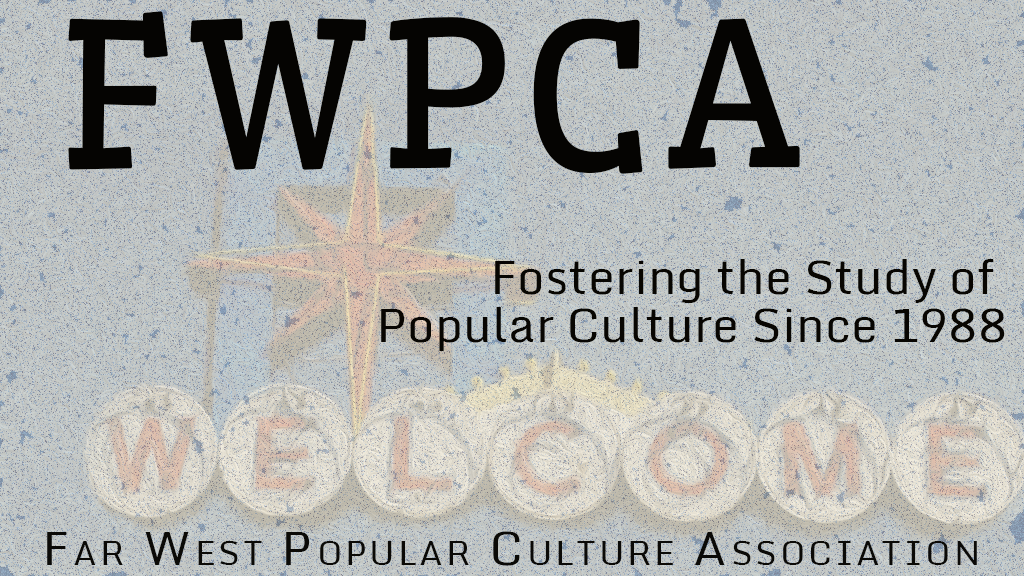Presentation Type
Paper
Abstract
A current plaintive cry of, "I need a book!" is not unusual, yet fulfilling that need in the deadly 2020 coronavirus pandemic is often a godsend. For most, the new normal is unfamiliar territory. However, human beings are adaptable, and often amazingly creative in satisfying a need for escape and distraction. For many (17%) in this difficult time, that is the romance novel. This least respected, most popular genre, written by women for women, represents a cornerstone of popular culture. It is part of what is left after the literati decree what books belong to the canon and what books are not worth reading. The marketing of romance novels represents a new level of consumerism. Publishers supply what readers want, a story about loving relationships with a happy ending. This paper seeks to promote understanding of this maligned genre through a three-part inter-disciplinary approach. The authors examine the history of the genre. They analyze the statistics prized by publishers. Lastly, they perform a literary analysis on thirty romance novels, novellas, and short stories.
Happily Ever After: An Analysis of Romance Novels
A current plaintive cry of, "I need a book!" is not unusual, yet fulfilling that need in the deadly 2020 coronavirus pandemic is often a godsend. For most, the new normal is unfamiliar territory. However, human beings are adaptable, and often amazingly creative in satisfying a need for escape and distraction. For many (17%) in this difficult time, that is the romance novel. This least respected, most popular genre, written by women for women, represents a cornerstone of popular culture. It is part of what is left after the literati decree what books belong to the canon and what books are not worth reading. The marketing of romance novels represents a new level of consumerism. Publishers supply what readers want, a story about loving relationships with a happy ending. This paper seeks to promote understanding of this maligned genre through a three-part inter-disciplinary approach. The authors examine the history of the genre. They analyze the statistics prized by publishers. Lastly, they perform a literary analysis on thirty romance novels, novellas, and short stories.


